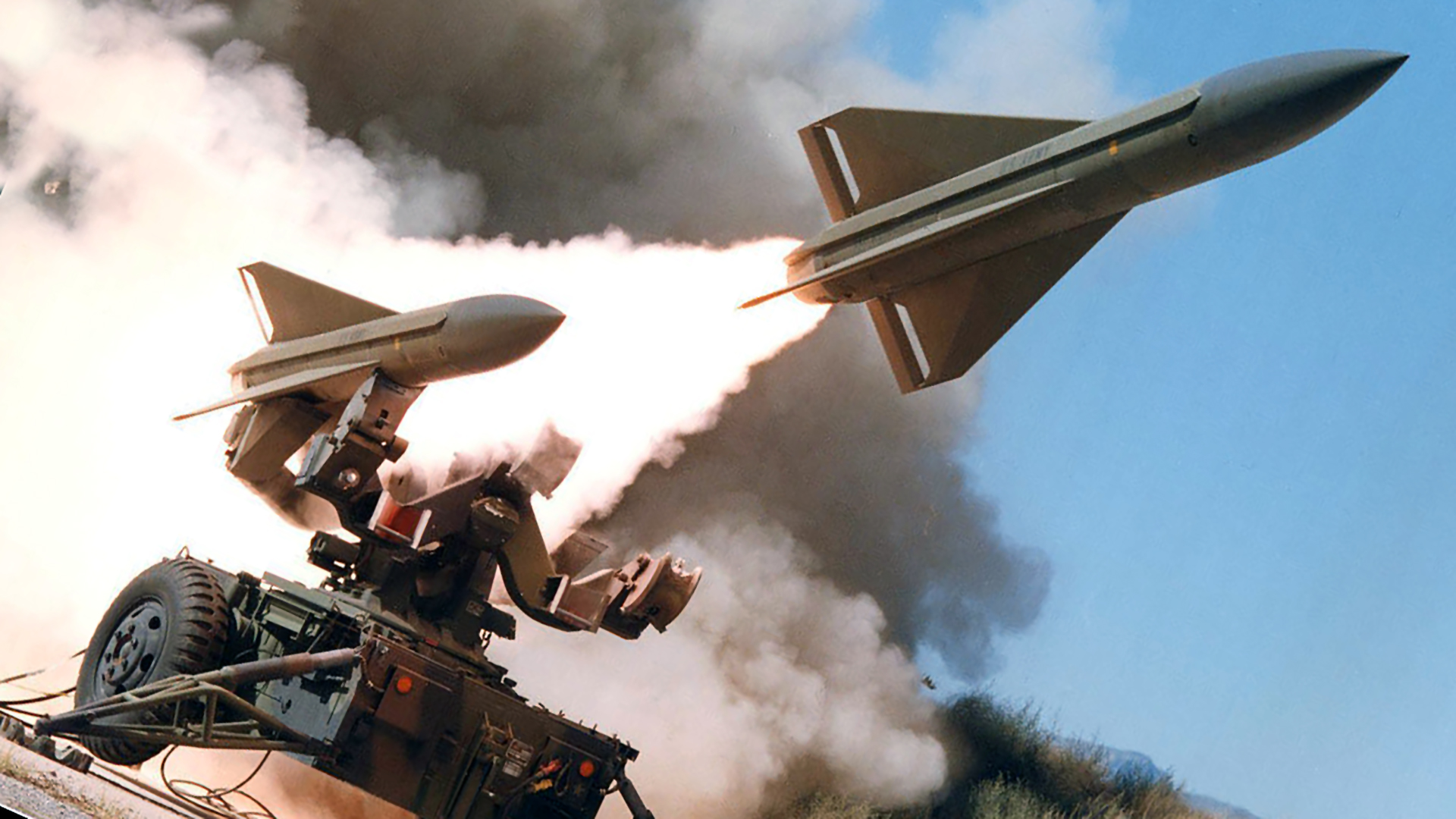Spain and France have announced that they will both be delivering ground-based air defense systems to Ukraine. This development has taken place as NATO member countries collectively rush to provide Ukraine with advanced air defense capabilities they need to combat attacks like the recent barrage of Russian cruise missiles and drones on Kyiv and other Ukrainian cities.
In a press briefing held Thursday, NATO Secretary General Jens Stoltenberg announced that Spain would be sending four medium-range Homing All the Way Killer (HAWK) air defense systems to Ukraine. The country is also providing Kyiv with ground-based Aspide anti-aircraft missile systems, on which 19 Ukrainian servicemen have been training since early October. French President Emmanuel Macron has yet to reveal which specific air defense systems France intends to send to Ukraine, but all signs are currently pointing to the Crotale short-range missile system.

The Spanish Ministry of Defense first confirmed the delivery of the Aspide system, which is currently used by the Spanish Air Force, this summer, and Ukrainian forces are projected to complete their training course on the type Friday, October 14. Aspide is an Italian surface-to-air missile system first produced in the 1970s by what was then known as Alenia Aeronautica and is now Selenia, which is a part of Leonardo under the MBDA European missile consortium.
Reminiscent of the U.S.-made AIM-7 Sparrow, the Aspide missile comes in four different variants, Mk.1, Mk.2, 2000, and Citedef. While it is unclear which model will be sent to Ukraine, Spain in the past has purchased the Aspide 2000 variant that can be launched from the export versions of the Skyguard short-range air-defense (SHORAD) system designed by Oerlikon Contraves now known as Rheinmetall Air Defense and the Spada 2000 SHORAD system built by Selenia. The Aspide 2000 missile system features a semi-active radar-homing seeker and can effectively engage targets at a range of up to 15 miles (25 km) while flying at speeds of Mach 4. It’s equipped with a 77-pound (35-kg) high-lethality fragmentation warhead and a high-thrust single-stage rocket motor.

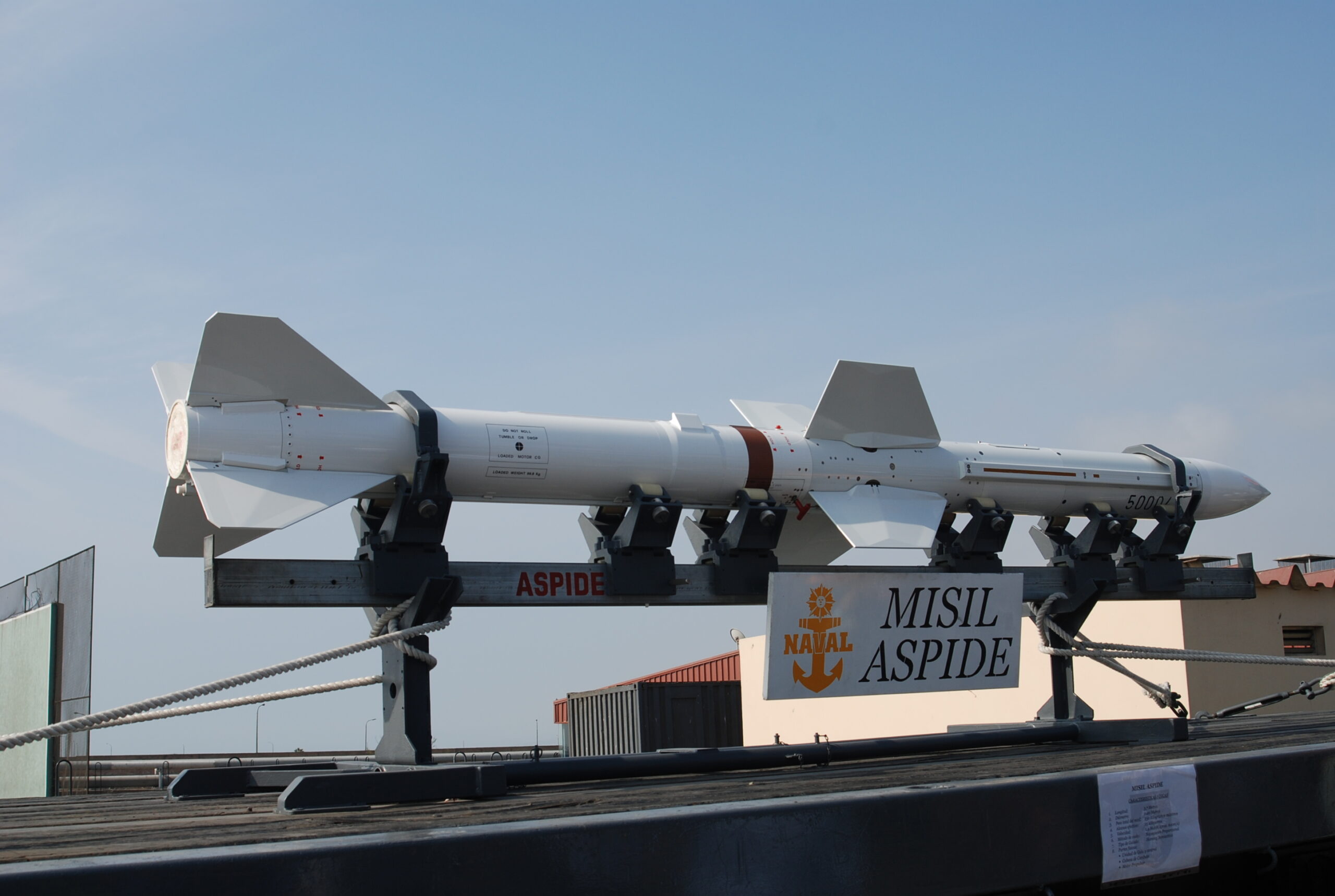
While there has been no official confirmation from the Spanish government about the HAWK delivery, in a separate press briefing held yesterday, Chairman of the Joint Chiefs of Staff General Mark A. Milley specifically mentioned HAWK was requested by Ukraine. Spain currently operates two HAWK types, Phase I and Phase III, but all HAWKs underwent a major improvement program in the 1970s that redesignated the system as Improved-Hawk, or I-HAWK, which is how it’s being referenced by the U.S. government.
“What needs to be done here by all of the various countries that were at the conference today is to chip in and help [Ukraine] rebuild and sustain an integrated air missile defense system, specifically, older systems … Ukraine has asked for HAWK, or Improved-HAWK, I-HAWK, as it’s called. That’s a medium-altitude, medium-range system. It’s an older system, but it’s quite effective,” said Milley.
Long before the missile system was upgraded, HAWK entered service with the U.S. Army in 1959. Also known as MIM-23, Raytheon’s HAWK medium-range surface-to-air missile was introduced as a more flexible and mobile option than the MIM-14 Nike Hercules by sacrificing altitude and range for reduced size and weight. Raytheon redesigned HAWK in 1971 by replacing the missile’s radar systems, adding improved electronic counter-countermeasures, and introducing a new warhead among other modifications to eventually offer I-HAWK. By 1978, all U.S. Hawk units had begun using the improved variant.
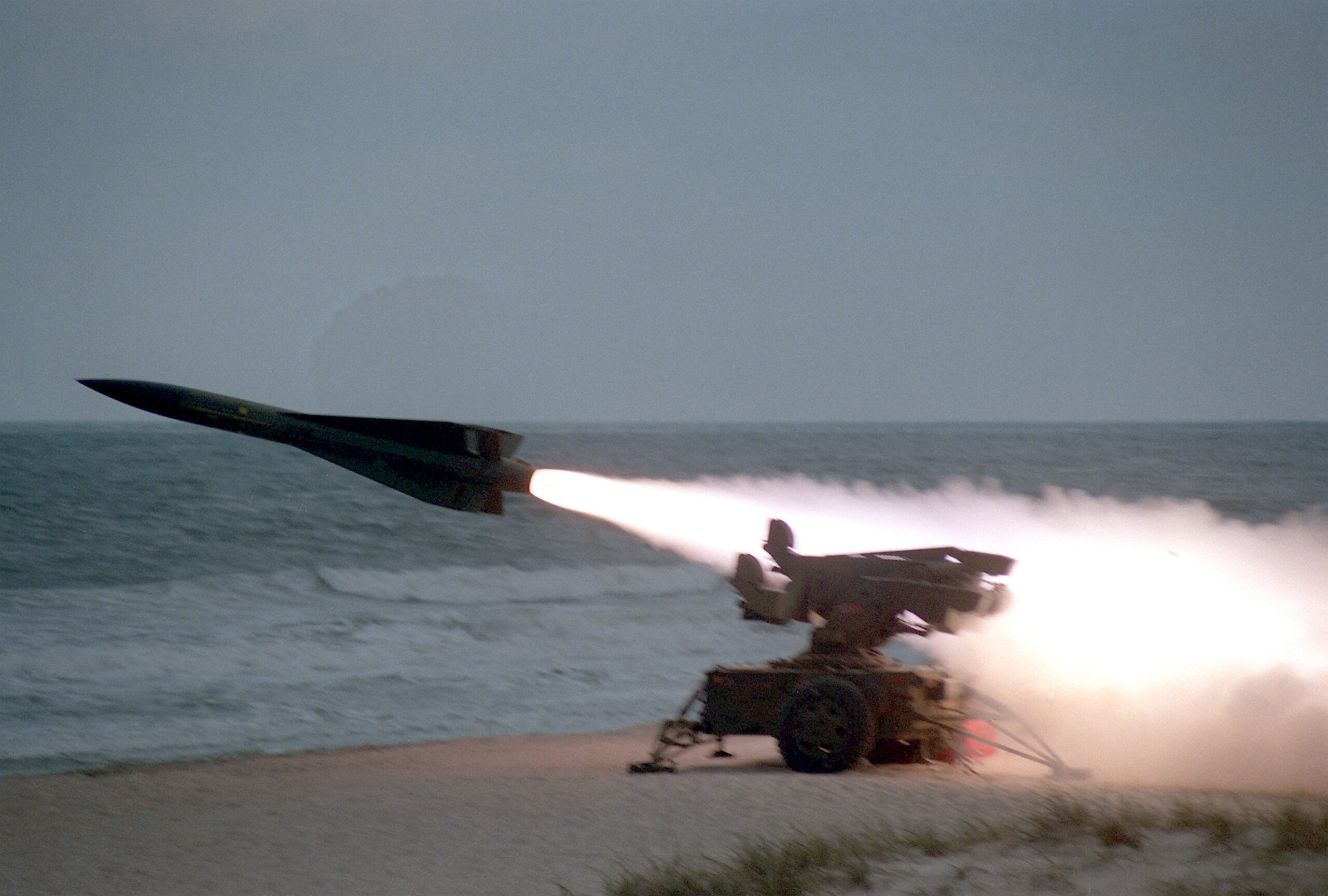
The I-HAWK officially left U.S. service in 2002 despite never actually being used in combat but was also adopted and used to varying degrees of success in many other nations, including Spain. The I-HAWK system comes in three different phases designated as Phase I through III, and as aforementioned Spain possesses the MIM-23B I-HAWK Phase I and Phase III.
The I-HAWK’s technical specifications vary between phases, but the improved version overall uses an M192 launch unit and features a 163-pound blast-fragmentation warhead and an M112 rocket motor with a boost and sustain phase on top of the improved guidance package noted earlier. The new motor increased the I-HAWK’s engagement envelope, with the missile boasting a minimum range of just under a mile and a maximum range of just under 22 miles.

Introduced with the I-HAWK Phase III was a new Pulse Acquisition Radar (PAR) to optimize the missile system’s ground equipment for use against longer-range, higher-altitude targets. The new AN/MPQ-50 PAR employed a digital Moving Target Indicator intended to help separate targets from otherwise distracting ground clutter. The Phase III battery also features a Continuous Wave Acquisition Radar (CWAR) designated as AN/MPQ-62 that comes mounted on its own mobile trailer to acquire a target’s radial speed as well as raw range and directional data. The inclusion of a Low-Altitude Simultaneous Hawk Engagement (LASHE) system is also beneficial in saturation attacks as it allows I-HAWK to simultaneously intercept multiple low-level targets.
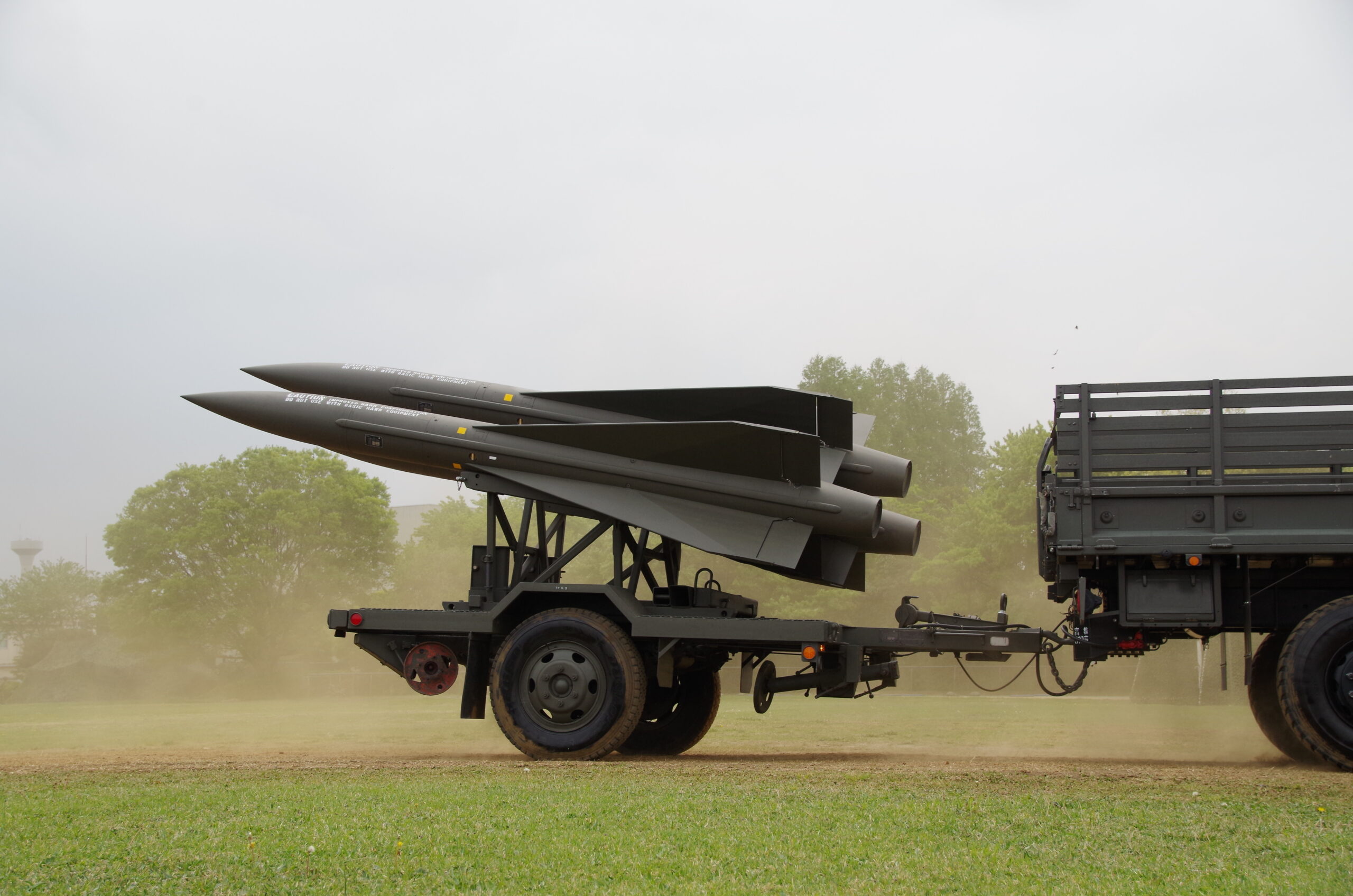
In 2021, Spain began upgrading its I-HAWK systems to what it calls HAWK 21. These modifications included newly digitized electronic components for the otherwise analog tracking radars and launchers with the intent to ensure the system’s compatibility with next-generation technologies, although it is unclear what those are. Spain also hopes that the upgrades will extend the HAWK’s service life into the 2030s.
While there has yet to be an official statement detailing which air defense systems and radars France will provide, Reuters has cited an unnamed source familiar with the transfer who claimed that Paris will be delivering Crotale short-range air defense systems to Ukraine in the coming weeks, which is certainly a viable option.
Despite being unconfirmed, the delivery of Crotale systems would be beneficial in intercepting the low-flying missiles, aircraft, and especially drones that have been threatening Ukraine’s airspace since the beginning of the conflict. The Crotale air defense system was developed by the France-based company now known as Thales Air Defense and versions of the system are currently in service with militaries in a number of countries including France, Finland, and Greece.

France currently operates the new-generation Crotale, or Crotale NG, which entered production in 1990. This version is designed with a new VT-1 missile that can reach speeds of Mach 3.5 and a range of nearly seven miles. The missile is equipped with a 28-pound focused blast and fragmentation warhead and features Command to Line-Of-Sight (CLOS) guidance using radar and electro-optical sensors. The system includes an S-band pulse-Doppler radar that can perform sectored surveillance functions and has a built-in IFF (identification friend or foe) antenna.
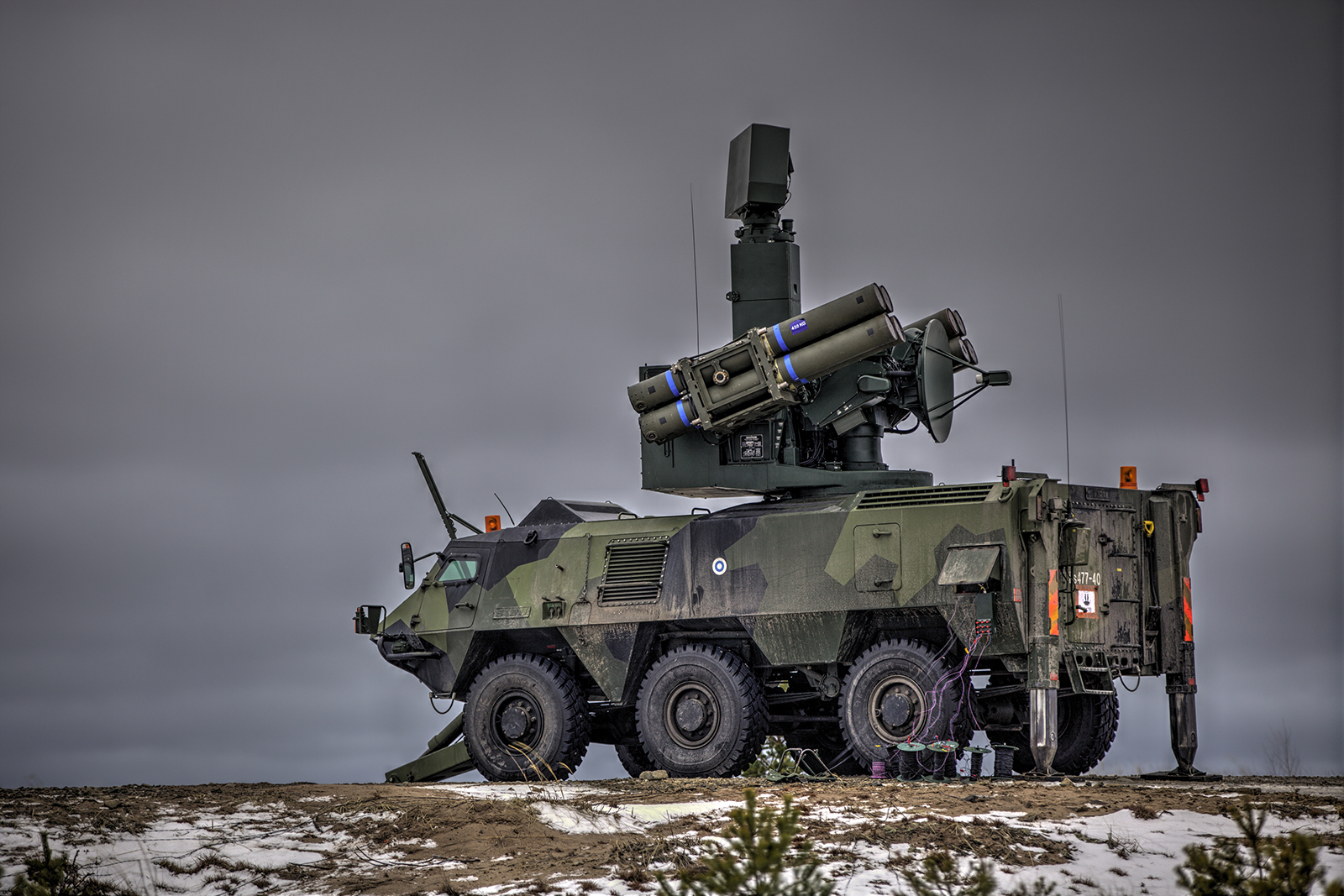
These new pledged Spanish and French transfers have come after the United States and Germany both notably provided their own air defense systems to Ukraine. The United States announced the first two National Advanced Surface to Air Missile Systems (NASAMS) would be arriving very soon, and the first of Germany’s IRIS-T Surface-Launched-Missile (SLM) systems have already arrived in the country. On top of that, in an effort spearheaded by Germany, 14 NATO countries and Finland have agreed to form a common air defense procurement and deployment alliance called the “European Sky Shield Initiative” (ESSI) to jointly develop an air defense system using common acquisition solutions. This will include advanced ballistic missile defenses. Israel’s Arrow 3 is being eyed for this role. The War Zone has detailed the extent of ESSI in this recent feature.
The response from these NATO countries was directly inspired by a number of long-range missile attacks launched by Russia on civilian areas in Ukraine’s capital city of Kyiv and other cities earlier this week. The strikes are widely believed to have been intended as revenge for Ukraine’s recent attack on Russia’s prized Kerch Strait Bridge leading into Crimea — or at least they were framed that way — an incident that you can read all about here and here.
Needless to say, the West is evidently massively accelerating its deliveries of the air defense systems that Ukraine has been requesting and top U.S. officials are now talking openly about their commitment to building Ukraine a multi-layered integrated air defense system (IADS).
Contact the author: Emma@thewarzone.com
